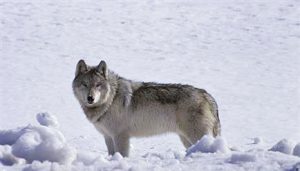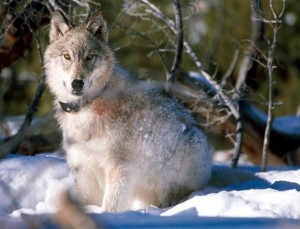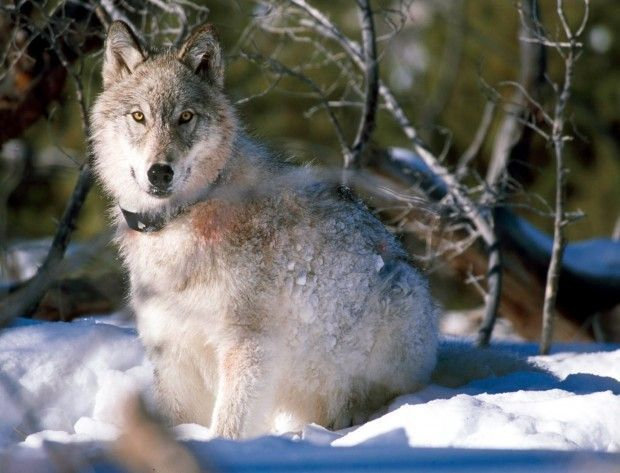
The press release is quoted in full here. There’s a link to the final plan at the end.
Mar 26, 2025 2:07 PM
HELENA – Montana Fish, Wildlife & Parks released the 2025 Montana Gray Wolf Conservation and Management Plan today, wrapping up an extensive public process to capture updates to wolf management strategies and research into a new plan.
The final 2025 Montana Gray Wolf Conservation and Management Plan (2025 Wolf Plan) incorporates updates in wolf-related research, more than 20 years of management experience, evolution in conflict management, new laws, social perspectives, and public input.
“The former wolf plan served us well, but it was time to make sure our management plan contained the evolutions we’ve made in wolf research, monitoring, conflict management, and the changes to the legal framework we operate under today,” said FWP Director Christy Clark.
The 2025 Wolf Plan builds on a foundation of FWP wolf management: monitoring populations, tracking harvest, effective conflict management, and flexibility to integrate evolutions in science.
The 2025 Wolf Plan shifts a key counting metric from the number of breeding pairs to the number of wolves representing at least 15 breeding pairs. The final plan establishes that 450 wolves would ensure 15 breeding pairs. Population estimates will continue to be determined by the peer-reviewed Integrated Patch Occupancy Modeling method, or iPOM. The final plan also reflects the current depredation prevention and response program.
“Wolf management discussions continue to draw a lot of attention from people in Montana and around the world,” Clark said. “The 2025 Wolf Plan will ensure those conversations can be grounded in current science and the research FWP is doing every day.”
To see the final plan, click here.


